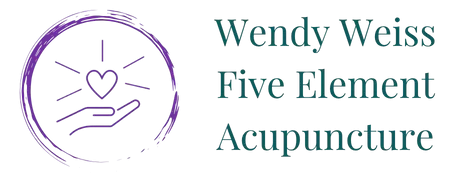Congratulations! If you’re reading this, you are on your way to kicking the habit and becoming smoke-free and healthier. Every year, more than 3 million Americans try to quit smoking, but only half of them succeed. With the help of acupuncture you have a greater chance of success!
Most experts agree that quitting smoking is the single most important thing you can do for your health. More than 25 diseases are associated with tobacco use, including cancer of the lungs, bladder, mouth, larynx, pharynx, esophagus, pancreas, kidney, uterus and cervix. Smoking also raises the chances of developing emphysema and increases the risk of having a stroke by 30 percent.
There is plenty of incentive to quit, but it isn’t necessarily easy. The good news is that acupuncture has helped millions of people to kick the smoking habit.
How acupuncture can help
Some of the largest stumbling blocks to becoming smoke-free are the stress, anxiety and depression associated with quitting. Fortunately, acupuncture treatment is quite successful at calming and relaxing the mind, reducing anxiety and alleviating depressive feelings. Specific acupoints in the ear and wrist are used to accomplish this. Additional acupoints may be included that help suppress your appetite, stimulate repair and healing of organ systems, and reduce food and nicotine cravings.
More than just kicking the habit
Using acupuncture to quit smoking yields enormous benefits. Aside from taking care of the stumbling blocks that can cause you to resume the habit, acupuncture can help restore your body to a healthy state of balance and well-being. If you are ready to become smoke-free, acupuncture can provide you with the support you need.
Here are a few tips to guide you through your acupuncture care:
- Drink plenty of filtered water during the process.
- Eat balanced, healthy meals with a variety of vegetables and fruits.
- Refrain from sugar, which can cause further sugar cravings and unwanted weight gain.
- Manage your cravings. They will actually fade within a few minutes. When cravings arise, distract yourself. Before you know it, the craving will have passed.
- Scrub your skin with a dry brush or loofa to facilitate the cleansing process and help blood circulation. Take daily baths or showers.
- Avoid spending time with other smokers so that you are less tempted to smoke.
- Take a walk outside and take deep breaths. Upon exhale, gently place your teeth together and exhaling with the sound of “sssssssss.” This sound stimulates the lungs.



